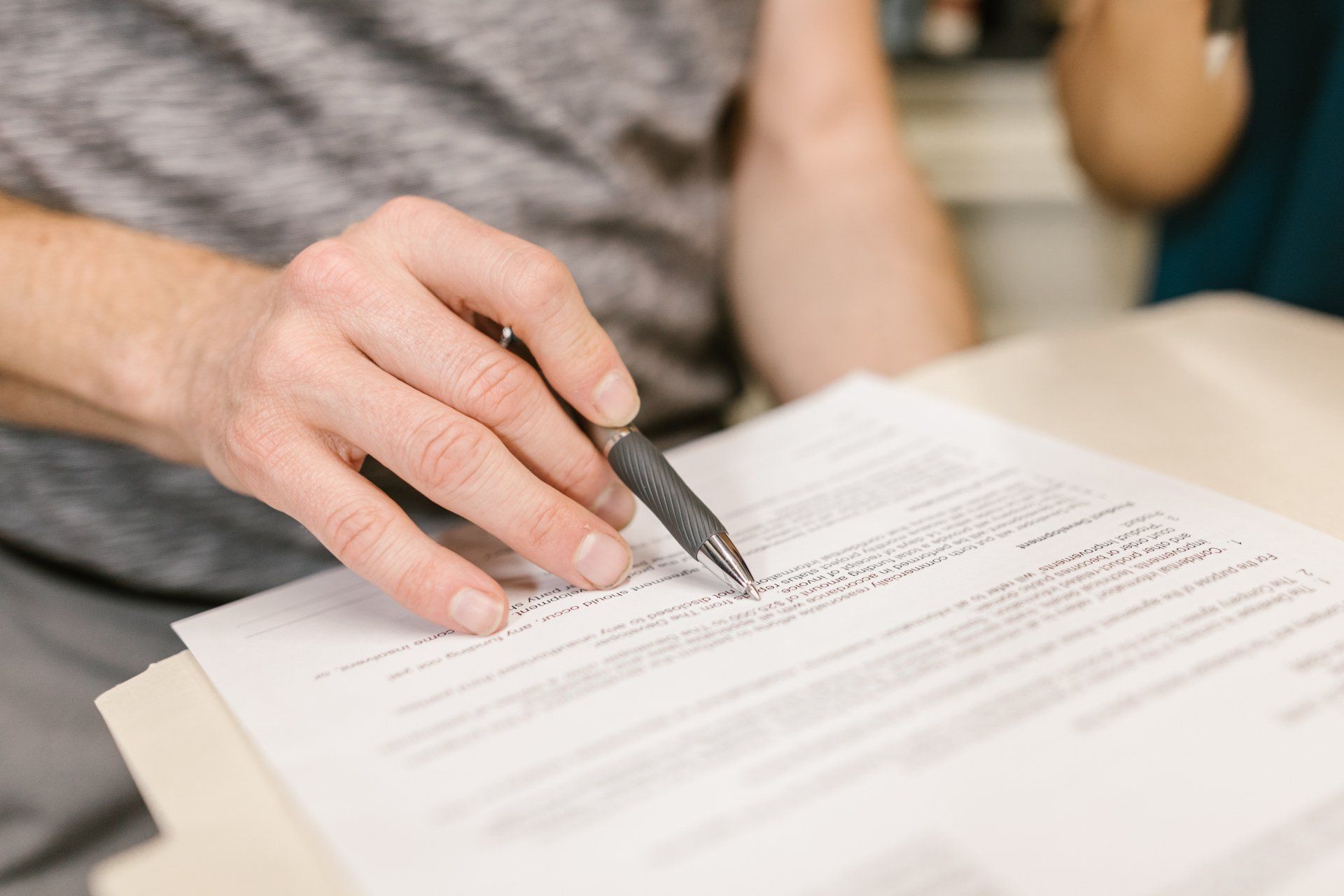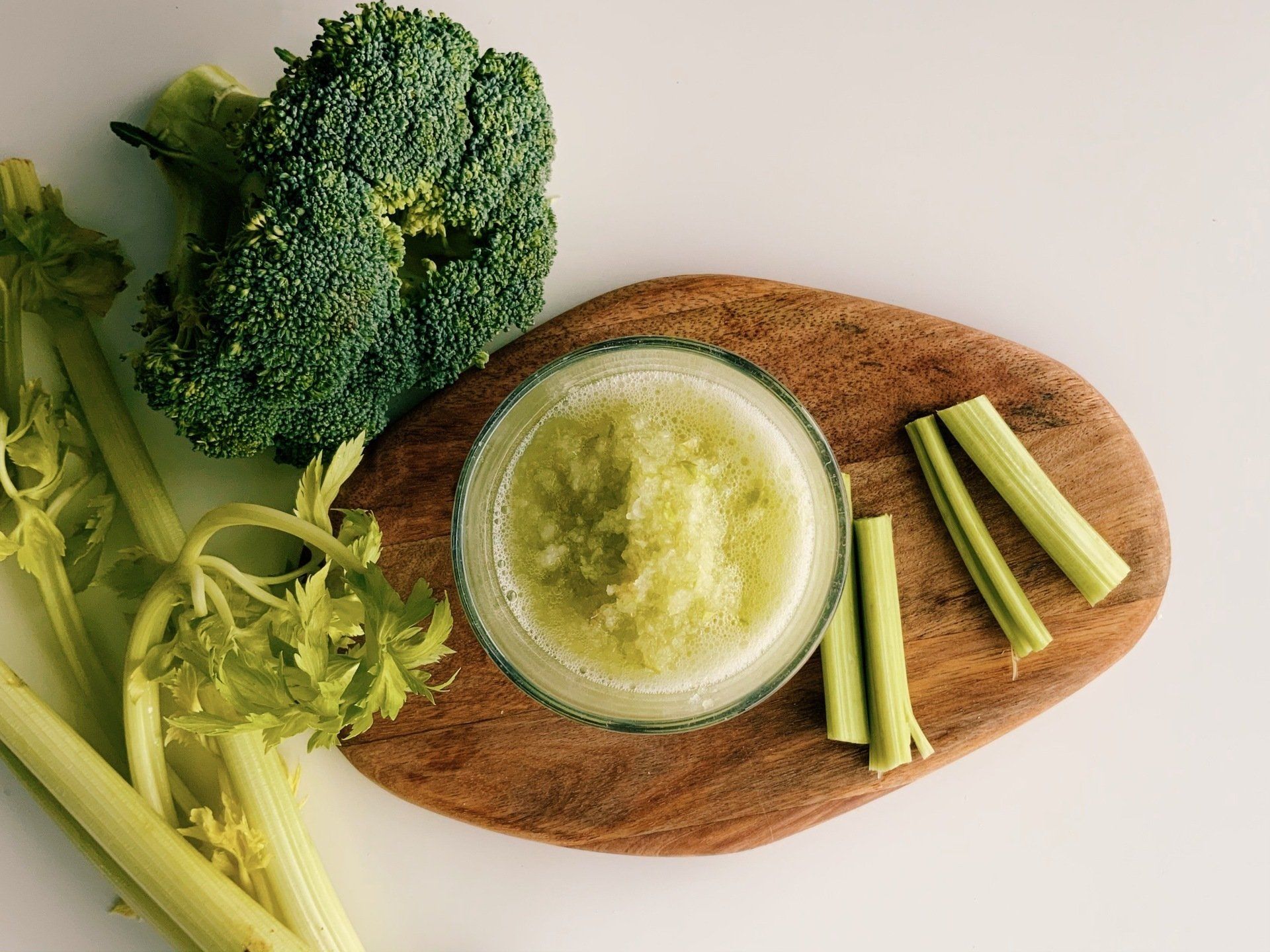WHAT CAN A DRAIN HANDLE?
Appfolio Websites • March 12, 2019
Indoor plumbing is an overlooked amenity that most of the world has come to take for granted. People everywhere drain or flush items and liquids with little appreciation for the engineering marvel they’re making use of. Over time, it has become expected that drains can tolerate being filled with all kinds of items and subjected to many situations for which they are simply not designed. This entry will be taking a look at several different appliances with plumbing in most households and breaking down what they can and cannot handle.
Kitchen sinks – Amateur chefs, home cooks, and microwave experts all have one thing in common: they will eventually need to put dishes into their kitchen sink. A kitchen could have a single basin sink, double basin sink, or multiple sinks. Some sinks have garbage disposals; others do not. Generally, however, kitchen sinks are designed to handle water and other liquids only. Small food particles that can fit through the drain grates are fine, but food items that need to be pushed through the grate are beyond the drain’s intended use.
Some people may believe that, because they have a garbage disposal, they can put anything they want down their drain. This is wrong. Garbage disposals will jam and break when forced to slice up larger items, seeds, meats, skins, and non-foods. If a garbage disposal fails, the sink will no longer drain.
In the case of a sink without a garbage disposal, any food items that go down the drain will eventually clog it and require a plumber to fix it. That can result in a period of time where the sink is not functioning properly or at all. In a worst-case scenario, the food can clog the drain stack, the vertical drain into which each individual drain feeds its waste. If this happens, any water from apartments or water-using rooms above will flow into the stack, into the obstruction, and back-up into the nearest opening – which is likely the kitchen sink. It is not fun to have black water with debris rising up into your kitchen sink and possibly overflowing.
To avoid these problems, always clean plates, utensils, and cooking devices of all food debris in the trash before rinsing them in the sink.
Dishwasher – Historically-speaking, the dishwasher is a relatively new appliance that often suffers its fair share of abuse at the hands of users who may be unaware of its capabilities and limitations. A dishwasher is designed to clean and sanitize an item. The appliance will rinse and clean items and use a pump to push the dirty water into a drain, which leads into a plumbing stack. If items being placed in a dishwasher are not clean of food debris, these items get rinsed and flow into the pump. The pump is not built to push anything but liquid through itself. As a result of debris being left on items, the pump will jam and even break, leaving standing water in the dishwasher. The appliance can be repaired, but it requires a specialist who may be unable to resolve the issue for days at a time. Why get a home with a dishwasher, abuse it, and have to resort to washing dishes by hand? Instead, clean items of food debris and rinse them before putting them in the dishwasher. The dishwasher is made to sanitize items, not clean them of leftover mashed potatoes.
Bathroom sink – Bathroom sinks are the least-abused drain in a home. They are made to drain liquids and, luckily, people don’t clean their dishes in them. Instead, they get build up from makeup, soap, shaving foam, toothpaste, and toiletries. All of this is fine for the drain, but it will eventually cause a build-up that will cause the sink to drain less effectively, or even back up. If this happens, do not use Drain-O products. Again, DO NOT USE DRAIN-O PRODUCTS IN ANY DRAIN! Drain-O is a kind of acid that cannot remove physical blockages from your drain, and only damages the drain over time. Instead, just remove the drain cover and use a long screw driver and drain-clearing device to clear the debris. If you are lucky enough to have a landlord, they should be able to resolve any problems with the drain very quickly.
Bathtub or shower drains – We cannot advise you strongly enough to NOT USE DRAIN-O PRODUCTS IN ANY DRAIN! Shower and tub drains are intended to drain the water, soap, shampoo, conditioner, skin flakes, and other grime and dirt from your body. These drains will slow over time due to hair and the other, previously-mentioned items. If a drain is clogged with hair and other build up, Drain-O products will not dissolve or remove the hair. The only way to resolve the problem is to remove the blockage, which can be accomplished with products readily available at your local home improvement or hardware store. If you have a landlord, they should be able to resolve most problems from these drains easily and quickly. In severe cases, a plumber may be needed, but 80% of the time, a drain can be cleared without the assistance of a professional.
Toilets – What’s not to love about toilets? There’s no other item in your home that so efficiently collects and disposes of the human body’s most disgusting byproducts, whether that’s “number one”, “number two”, or the messy aftermath of food poisoning or a stomach virus. What’s more, the toilet is also designed to flush the toilet paper used to clean up after these messes. The aforementioned items are the only things that should ever be flushed down a toilet. It is not designed for thick paper like wet wipes or paper towels. It cannot flush cleaning products, hair extensions, nails, bottles, caps, or toys. All people should have a plunger and know that it takes 10 to 30 seconds of vigorous plunging to clear a blockage from too much toilet paper or human waste. If paper towels, bottles, toys, or any other item falls in the toilet, most of the time that means a new toilet is needed. A person can try to plunge or auger to clear the toilet obstruction, but it will only fix the problem 20% of the time. Replacing a toilet can cost hundreds of dollars, so it’s always worthwhile to avoid dropping anything into a toilet that shouldn’t be there.
Only put human waste and toilet paper down a toilet. Don’t put feminine hygiene products, sponges, paper towels, wet wipes, or anything else down there. This will keep the toilet functioning, which is essential now that the age of outhouses and chamber pots is, thankfully, well behind us.
Plumbing is a wonderful invention that will serve you well if your plumbing appliances are treated with care.





